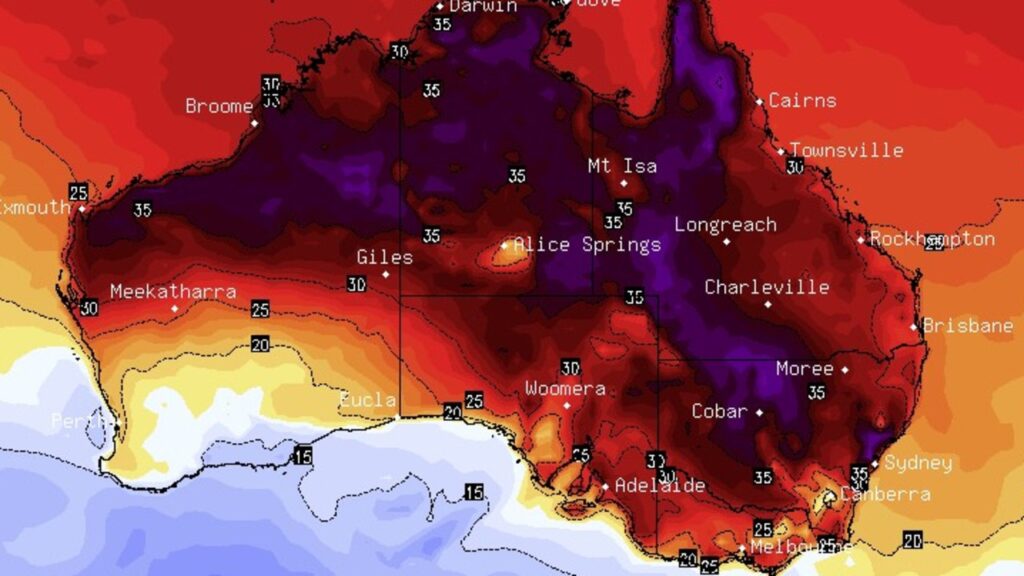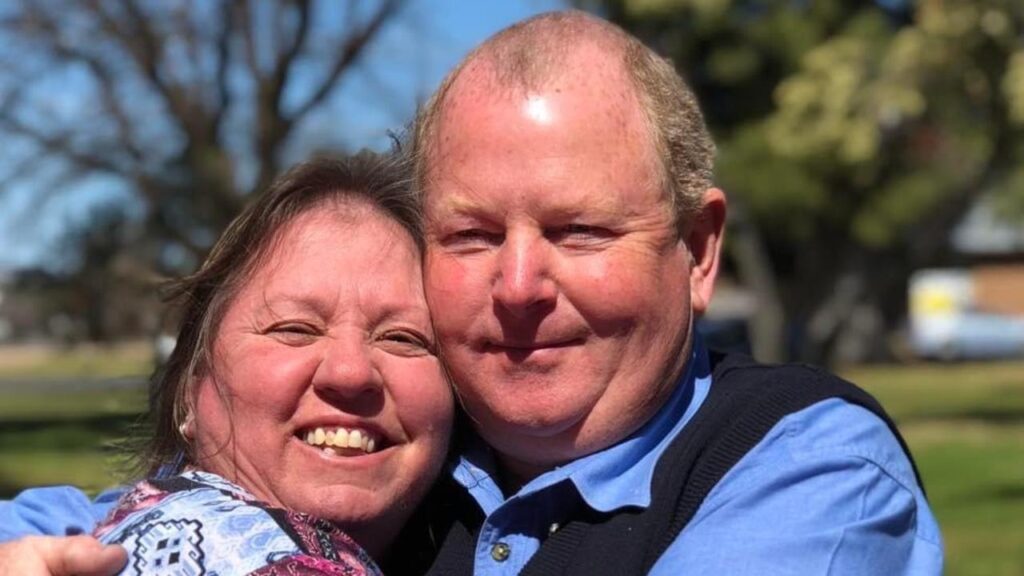Why you shouldn’t buy your first home now
Written by admin on September 30, 2024
Most people find this idea a little jarring, but this isn’t just my opinion. It’s based on simple maths. Let me explain.
Under the investing and tax rules in Australia, you receive no tax breaks for buying a home. You save your deposit from your pay after tax. You pay your purchase costs with after-tax dollars. You make your mortgage payments with after-tax income. And you fund all your ongoing property costs with, you guessed it, after-tax dollars.
If instead you were to buy the same property as an investment, things would be different. Because the government wants people to invest successfully and rely less on government benefits in the future, they incentivise investment through tax breaks.
When you buy an investment property, all your ongoing costs are tax deductible.
Your mortgage interest costs, the cost of maintenance and repairs, your council or strata rates and any other costs relating to the property are fully tax deductible.
When you claim these costs as a tax deduction, you don’t get the full amount back, but you do receive a refund at whatever your marginal tax rate is. If your income is above $45,000, your tax rate will be at least 32 per cent, and could be up to 47 per cent if you’re on the top marginal tax rate.
This means you’ll receive a refund for property investment expenses of at least 32 per cent, almost a third of all property expenses, and it could be as high as almost half of every dollar you pay.
This makes a big difference to how quickly you get ahead.
Tony and Ava were a young couple in their early thirties who had done incredibly well for themselves. They had both started their careers working for a start-up tech company that had grown exponentially and listed on the stock exchange.
They were both granted some shares in the early days when the company was relatively small and the share price very low. The shares increased in value and they finally cashed out around $4 million, which essentially set up their future.
You might think this would mean they could do whatever they wanted.
These guys were pretty switched on. Good at saving, not crazy spenders. When they came to us, they already understood the power of index-fund investing and had used it to make a bunch of money.
What Tony and Ava really wanted was to buy their own home close to the beach in Sydney’s eastern suburbs, a house big enough for them and their kids.
But when we ran the numbers, things just weren’t adding up. They had enough to buy the home they wanted, but to do it would tie up almost all their money, leaving relatively little for investing.
Tony and Ava were planning to have their second child. They wanted Ava to be able to take a year’s maternity leave then work part-time for a while.
Tony had left the tech company that had delivered their big payday and wanted the flexibility to work only with companies he truly believed in. And with a growing family, he didn’t want a high-pressure role that would prevent him from being the dad he wanted to be. That meant lower salary expectations for at least the next five years.
When we put all these variables together, we could see Tony and Ava wouldn’t have much savings capacity, at least until their kids started school. Putting all their money into their own home would prevent them from rebuilding their investments.
Tony and Ava realised they couldn’t actually afford their home and hit their other money targets. When it came to the long-term impact, the cost was just too great.
The good news is that Tony and Ava had a great foundation on which to build. They would reach the stage where their dream home purchase was possible, and they could still make smart investing moves. It was just that this time wasn’t now.
They ended up buying two quality investment properties at the same time as they built a substantial exchange-traded funds portfolio. Their solid foothold in the property market meant that even if prices continued to rise, they could use the investment properties to fund their home purchase. And the tax deductions, along with the cost of funding investment properties rather than their own home, meant there was a lot more money available every year for further investment. Their lifestyle remained flexible while they looked forward to a more comfortable future home purchase.
Of course, your smart money freedom number excludes the value of your home, as smart money freedom means having enough return on investments to fund your ideal lifestyle. This gives a more accurate picture of your investment wealth position because, while your home does have a value, as long as you’re living in it, it won’t generate income.
However, your home mortgage is included as a debt against your smart money freedom number because until you clear that debt, you will need to make repayments.
So, the more you spend on your own home, the longer it’s going to take you to achieve smart money freedom.
More Coverage
This is an edited extract from Virgin Millionaire: The step-by-step guide to your first
million and beyond by Ben Nash (Wiley, $34.95), available at all leading retailers.
Disclaimer: The information contained in this article is general in nature and does not take into account your personal objectives, financial situation or needs. Therefore, you should consider whether the information is appropriate to your circumstances before acting on it, and where appropriate, seek professional advice from a finance professional.







